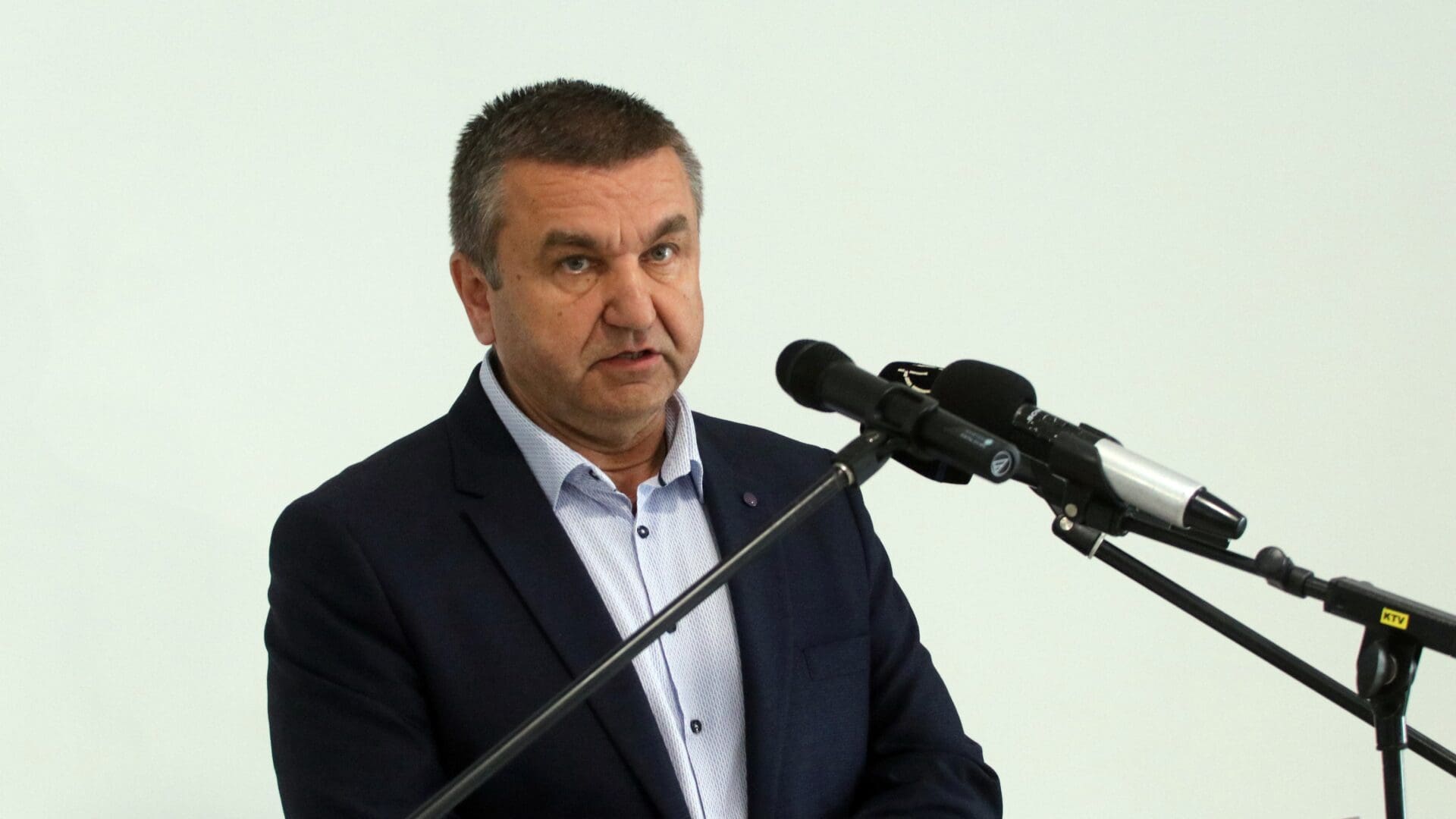The government’s goal is for the employment rate in the 20–64 age group to reach 85 per cent by 2030, up from the current 80 per cent, putting Hungary at the forefront of the European Union, Secretary of State for Employment Policy at the Ministry of Economic Development Sándor Czomba said in Budapest at a job fair organised by Világgazdaság.
In his speech before the opening of the one-day job fair, the secretary of state highlighted that since 2010, the number of employed people has increased from 3.7 million to 4.7 million, which means that
the government has fulfilled its commitments of creating one million new jobs in ten years.
He added that this was achieved by reducing the number of public workers from 300,000 to 70,000 during the same period, proof that it was the growth of the private sector that generated the expansion of the labour market. The unemployment rate fell to 3.6 per cent by the end of 2022, placing Hungary among the top performers in the EU, he said. While high unemployment was a problem in 2010, the tight labour market is now causing difficulties for companies. Most of the vacant positions are in the manufacturing industry, but there is also a significant labour shortage in the administrative-service sector, as well as in the healthcare and social services sector, he noted.
The secretary of state mentioned technological advancement, digitalisation, and labour shortages as challenges in the labour market, which means that there is not enough available workforce in the right places and in sufficient quantity as needed. One of the most serious problems affecting Western countries is the deterioration of the demographic situation, which poses a significant challenge for Hungary as well: by 2030, there is expected to be 300,000 fewer working-age people. He estimated the size of the labour reserve to be approximately the same, around 300,000 people, which varies by region, with the eastern counties of the country still having room for expansion. One of the most important questions for companies before making investment decisions is whether there is a sufficient number of qualified workforce available, he said.
Since the mobility of Hungarian labour is traditionally low, it is necessary to bring jobs and investments to these regions, he added.
The gap between the eastern and western regions of the country has narrowed in terms of the proportion of unemployed people over the past decade. In Szabolcs-Szatmár-Bereg County, the 20 per cent unemployment rate measured in 2010 has halved, while in Győr-Moson-Sopron County, it currently stands at 3-4 per cent. Mapping the labour reserves and involving registered job seekers and inactive individuals in the labour market is a significant task for local employment offices, which requires training and support, he explained.
He emphasised that the employment situation of young people has significantly improved over the past decade, but there is still room for development. The unemployment rate in the 15–24 age group was 30 per cent in 2010, with an employment rate of 18 per cent. Since then, this has been reversed, and the employment rate of young people has reached 30 per cent. However, even that ratio is 10 percentage points below the EU average, the state secretary remarked.
While job retention programmes were the priority during the pandemic, ensuring the preservation of around 400,000 jobs, the government is currently focusing on job creation support to expand employment. Through wage subsidy programmes financed from EU and domestic funds, the government provides up to 100 per cent of wages and contributions, he explained.
The ‘Entrepreneur Start II’ programme is highly popular. The programme allows starting businesses to apply for non-refundable grants of up to 4.5 million forints until 1 August. However, only those businesses are eligible that have been operating for at least 12 months.
Related articles:








